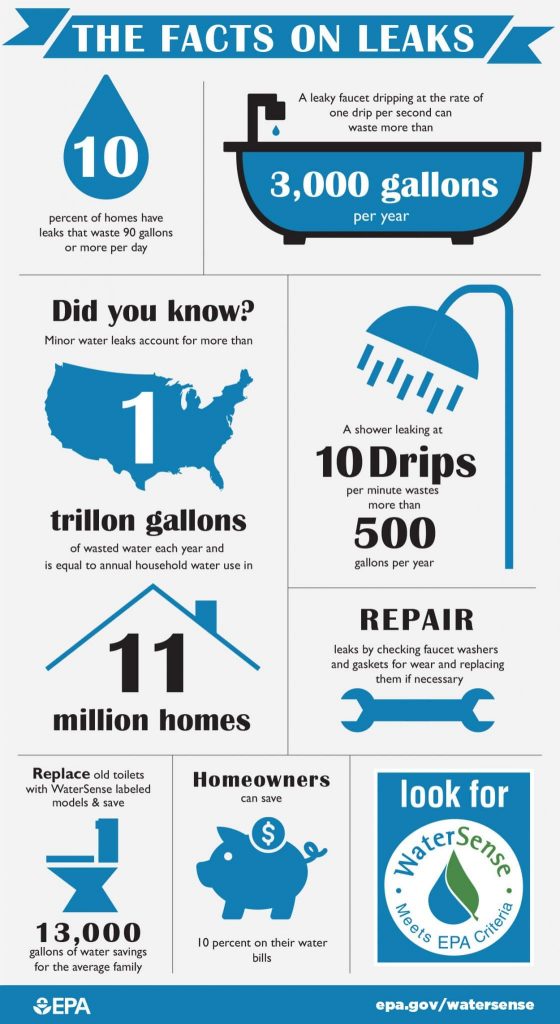
March 19-25 is Fix a Leak Week 2017.
Fix a Leak Week is celebrated in March of each year as a time to remind Americans to check their household fixtures and irrigation systems for leaks. In addition, it is a good time to address the leaks that we cannot see — those in our underground infrastructure. By addressing leaks in our homes and in our water systems, we can help to save our world’s most precious resource.
Leaks in the Home
- The average household’s leaks can account for more than 10,000 gallons of water wasted every year, or the amount of water needed to wash 270 loads of laundry.
- Household leaks can waste more than one trillion gallons annually nationwide. That’s equal to the annual household water use of more than 11 million homes.
- 10% of homes have leaks that waste 90 gallons or more per day.
- Common types of leaks found in the home include worn toilet flappers, dripping faucets, and other leaking valves. All are easily correctable.
- Fixing easily corrected household water leaks can save homeowners about 10% on their water bills.
- Keep your home leak-free by repairing dripping faucets, toilet flappers, and showerheads. In most cases, fixture replacement parts don’t require a major investment.
- Most common leaks can be eliminated after retrofitting a household with new WaterSense labeled fixtures and other high-efficiency appliances.
Leak Detection:
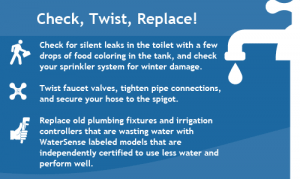 A good method to check for leaks is to examine your winter water usage. It’s likely that a family of four has a serious leak problem if its winter water use exceeds 12,000 gallons per month.
A good method to check for leaks is to examine your winter water usage. It’s likely that a family of four has a serious leak problem if its winter water use exceeds 12,000 gallons per month.- Check your water meter before and after a two-hour period when no water is being used. If the meter does not read exactly the same, you probably have a leak.
- One way to find out if you have a toilet leak is to place a drop of food coloring in the toilet tank. If the color shows up in the bowl within 10 minutes without flushing, you have a leak. Make sure to flush immediately after this experiment to avoid staining the tank.
Faucets and Showerheads:
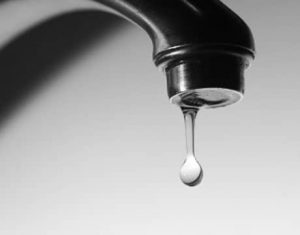 A leaky faucet that drips at the rate of one drip per second can waste more than 3,000 gallons per year. That’s the amount of water needed to take more than 180 showers!
A leaky faucet that drips at the rate of one drip per second can waste more than 3,000 gallons per year. That’s the amount of water needed to take more than 180 showers!- Leaky faucets can be fixed by checking faucet washers and gaskets for wear and replacing them if necessary. If you are replacing a faucet, look for the WaterSense label.
- A showerhead leaking at ten drips per minute wastes more than 500 gallons per year. That’s the amount of water it takes to wash 60 loads of dishes in your dishwasher.
- Most leaky showerheads can be fixed by ensuring a tight connection using pipe tape and a wrench. If you are replacing a showerhead, look for one that has earned the WaterSense label.
Toilets:
- If your toilet is leaking, the cause is often an old, faulty toilet flapper. Over time, this inexpensive rubber part decays, or minerals build up on it. It’s usually best to replace the whole rubber flapper—a relatively easy, inexpensive do-it-yourself project that pays for itself in no time.
- If you do need to replace the entire toilet, look for a WaterSense labeled model. If the average family replaces its older, inefficient toilets with new WaterSense labeled ones, it could save 13,000 gallons per year. Retrofitting the house could save the family nearly $2,400 in water and wastewater bills over the lifetime of the toilets.
Outdoors:
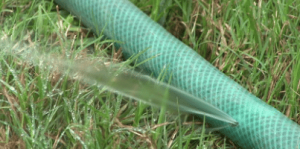 An irrigation system should be checked each spring before use to make sure it was not damaged by frost or freezing.
An irrigation system should be checked each spring before use to make sure it was not damaged by frost or freezing.- An irrigation system that has a leak 1/32nd of an inch in diameter (about the thickness of a dime) can waste about 6,300 gallons of water per month.
- To ensure that your in-ground irrigation system is not leaking water, consult with a WaterSense irrigation partner who has passed a certification program focused on water efficiency; look for a WaterSense irrigation partner.
- Check your garden hose for leaks at its connection to the spigot. If it leaks while you run your hose, replace the nylon or rubber hose washer and ensure a tight connection to the spigot using pipe tape and a wrench.
If you find any of these leaks, and need assistance on how to fix them, visit the EPA’s “Fixing Leaks at Home” page.
Leaks in Our Nation’s Infrastructure
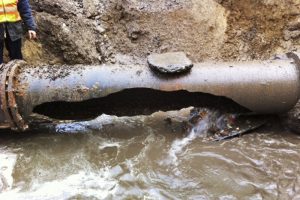
About 20% of our nation’s drinking water is “lost” before it reaches the consumer, amounting to about seven billion gallons of clean, treated water lost in this way every day. Also called non-revenue water, this lost water would be enough to supply the ten largest cities in the United States for a full year. It also accounts for billions of dollars in lost revenue each year – funds that utilities desperately need to keep their systems running smoothly and safely. Most of this non-revenue water is the result of our nation’s leaking, aging pipes, which received a grade of D on the American Society for Civil Engineers (ASCE) 2017 Report Card.
Fixing our Nation’s Infrastructure:
- Conduct water audits, which take into account both real and apparent losses and are the most efficient, cost-effective way to accurately assess non-revenue water.
- Conduct Capital Efficiency Plans™, which pinpoint and prioritize areas in a system most in need of improvement.
- Pass legislation that increases available funding for water systems.
- Conduct Business Practice Evaluations to allow utilities to function more efficiently and to utilize their limited dollars more effectively.
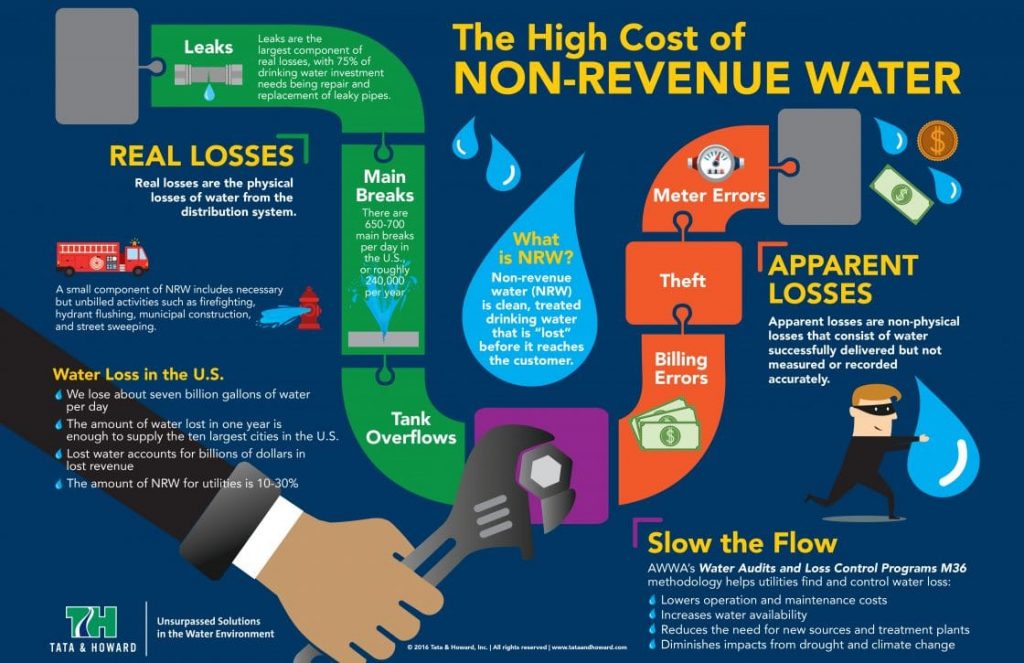 Feel free to share the above infographic (with attribution), download a printable PDF, or request a printed poster.
Feel free to share the above infographic (with attribution), download a printable PDF, or request a printed poster.
During Fix a Leak Week, while we focus on leaks and repairs in our homes, let’s also give attention to our nation’s crumbling infrastructure. Through careful management and capital planning, efficient use of infrastructure budgets, and increased infrastructure funding, we can assure we have a sufficient, safe, sustainable water supply for generations to come.
www.epa.gov

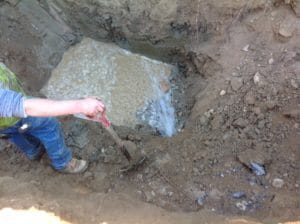
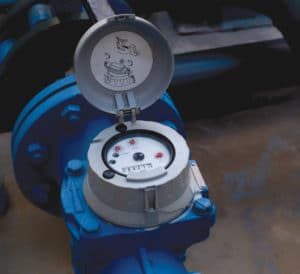
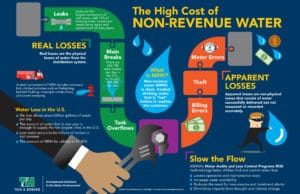
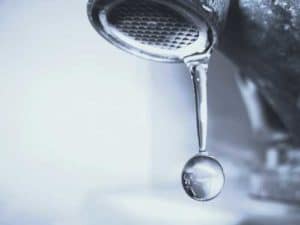 distribution systems. Water audits are a vital step toward reducing lost water while improving water infrastructure. We lose billions of dollars every year to NRW — money that could be used to improve our infrastructure or to support other clean water initiatives. Water lost is water and money wasted, and the less NRW a utility has, the better off it — and its customers — will be.
distribution systems. Water audits are a vital step toward reducing lost water while improving water infrastructure. We lose billions of dollars every year to NRW — money that could be used to improve our infrastructure or to support other clean water initiatives. Water lost is water and money wasted, and the less NRW a utility has, the better off it — and its customers — will be.